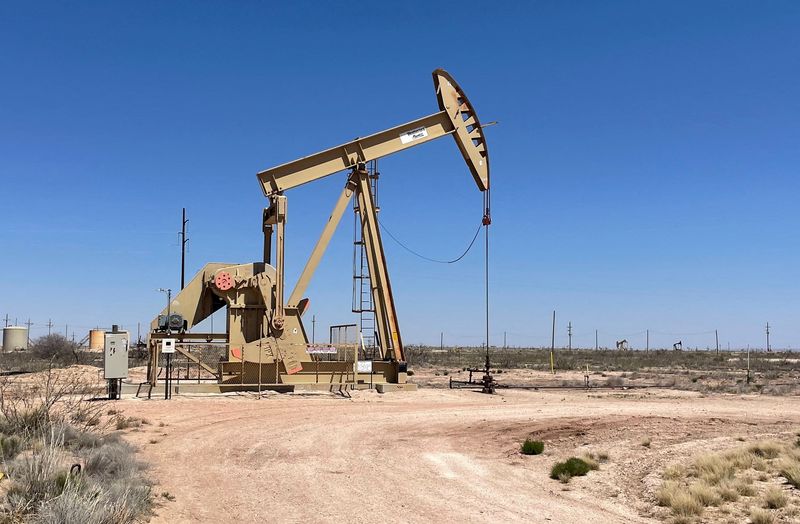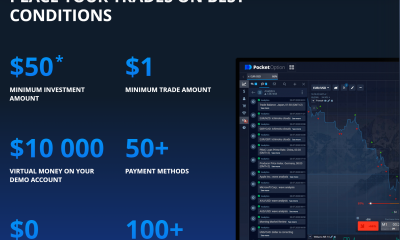Commodities
Red Sea fighting traps two oil ships in Houthi waters


© Reuters. FILE PHOTO: Decaying vessel FSO Safer is moored off Yemen’s coast in this undated screengrab taken from a video. Holm Akhdar/Handout via REUTERS/File Photo
By Jonathan Saul, Noah Browning and Mohammed Ghobari
LONDON/ADEN (Reuters) – Two tankers, containing oil and toxic waste, are stuck in the Red Sea in the firing line between Western naval forces and Yemen’s Houthi militants despite repeated efforts by the United Nations to empty and move the ships to avoid a spill.
The vessels, one of which has been stranded for years, are near the port of Ras Issa from where Iran-aligned Houthis launch missiles on ships passing through the Red Sea and where U.S. missiles land as they target the Houthis.
The United Nations last year led efforts to remove a million barrels of oil from the decaying tanker, the FSO Safer, to a new tanker, the MT Yemen, in an operation that cost $121 million.
The UN had hoped to move the FSO Safer, which still contains toxic waste water and oily residue, for disposal elsewhere and sell the oil aboard the MT Yemen.
Neither of the ships has moved since August as the Houthis and their foes in Yemen’s internationally-recognised government could not agree who should receive the money for the oil, a Houthi source speaking on condition of anonymity told Reuters.
The source also said there was no an agreement to tow the ship away.
The UN Development Programme said it was in discussion “with all relevant parties in Yemen” about the handover of the vessel.
“(UNDP) has not had any indication from the de facto authorities in Yemen of threats to deliberately damage the vessel,” a UNDP spokesperson said, referring to the Houthis.
A source with the internationally recognised Yemeni government, also speaking on condition of anonymity, said he believed the Houthis have refused to release either of the ships and were using them to increase their bargaining power.
TOXIC SLUDGE
A former supertanker built in the 1970s, the FSO Safer was converted into a floating storage and offloading facility for oil before the outbreak of civil war in Yemen in 2014.
It is so decayed its rotting hull threatened to spill its cargo into the Red Sea.
Last year, the United Nations contracted Dutch-based SMIT Salvage, which removed the oil. Belgium’s Euronav (NYSE:) provided the MT Yemen vessel.
The toxic sludge and wash water used to scrub oil out of the tanker have still not been removed, a shipping source said.
He asked not to be named due to the sensitivity of the matter and added that some 70,000 metric tons of residue were still onboard the FSO Safer.
A spokesperson for Boskalis, the parent company of SMIT salvage, said it had been contracted to remove the oil but not the Safer vessel.
Belgium’s Euronav has maintained a crew onboard the MT Yemen since August under its contract with the UN.
“Once the handover process is complete, the crew will leave,” the UNDP spokesperson said.
Euronav said it continued to assist the UNDP to safely handover the MT Yemen. It did not specify who might ultimately receive the ship.
Commodities
Oil prices rise; U.S. crude inventories plunge, Russia-Ukraine truce eyed
Commodities
India’s Reliance to stop buying Venezuelan oil over US tariffs, sources say
Commodities
Oil prices climb on Venezuela supply worries

 Forex3 years ago
Forex3 years agoForex Today: the dollar is gaining strength amid gloomy sentiment at the start of the Fed’s week

 Forex3 years ago
Forex3 years agoUnbiased review of Pocket Option broker

 Forex3 years ago
Forex3 years agoDollar to pound sterling exchange rate today: Pound plummeted to its lowest since 1985

 Forex3 years ago
Forex3 years agoHow is the Australian dollar doing today?

 Cryptocurrency3 years ago
Cryptocurrency3 years agoWhat happened in the crypto market – current events today

 World3 years ago
World3 years agoWhy are modern video games an art form?

 Commodities3 years ago
Commodities3 years agoCopper continues to fall in price on expectations of lower demand in China

 Economy3 years ago
Economy3 years agoCrude oil tankers double in price due to EU anti-Russian sanctions























